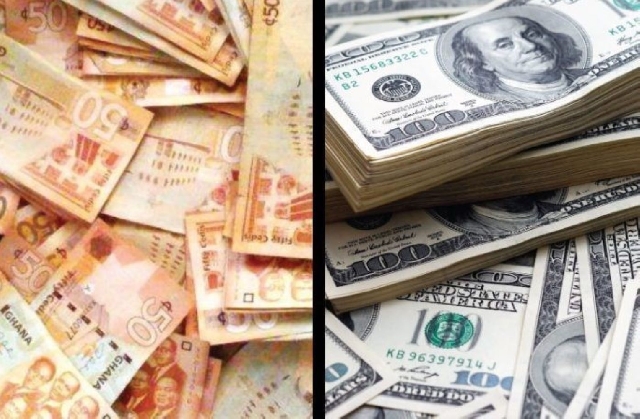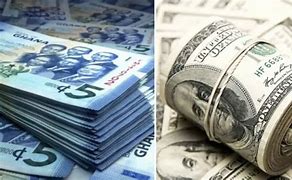
The Ghanaian cedi recorded a relatively modest depreciation of about 4.0% against the US dollar in 2025, according to the World Bank’s April 2025 Africa Pulse Report. This represents one of the currency’s most stable performances in recent years, signalling a notable improvement in Ghana’s monetary stability.
In contrast, the cedi depreciated by over 17% against the dollar in 2024, underscoring the significance of this year’s achievement. The report attributes the improvement to easing financial conditions and early gains from foreign exchange market reforms.
Across Africa, the CFA Franc—used by most Francophone West African nations—has emerged as the strongest currency in 2025, appreciating by 2.0% against the dollar. This stability highlights the resilience of the Francophone economies amid global uncertainties.
On the other end of the spectrum, the South Sudanese pound, the Ethiopian birr, and the Nigerian naira were the weakest performers, each losing over 40% of their value in 2024. These currencies were severely impacted by heightened external debt burdens and reduced export revenues, leading to acute foreign exchange shortages.
Some currencies have shown remarkable recovery, with the Kenyan shilling appreciating by 20% in 2024 and maintaining stability into 2025. Conversely, the South African rand and currencies pegged to it have seen minor fluctuations but remain close to their late-2023 values.
The World Bank also noted that nations facing foreign exchange shortages due to soaring debt service obligations and declining export income were the hardest hit. However, as economic reforms gain traction and external pressures ease, some currencies are beginning to regain their footing.
Ghana’s improved cedi performance may signal a turning point in managing currency stability, setting the stage for more robust economic growth.
Story by: Mercy Addai Turkson #ahotoronline.com




